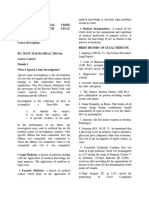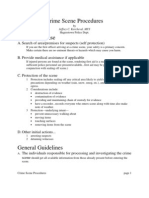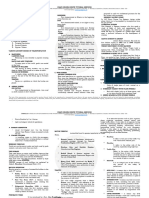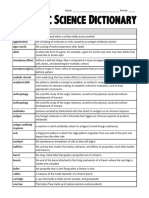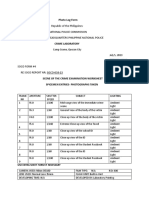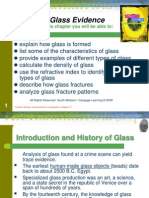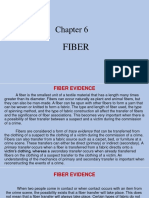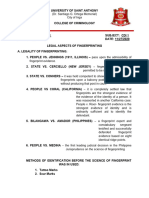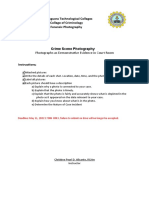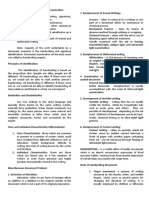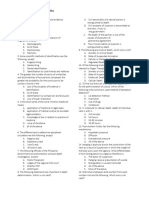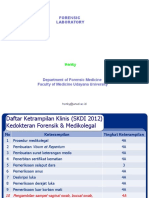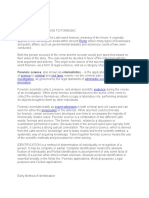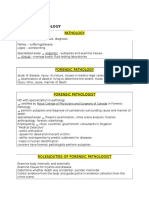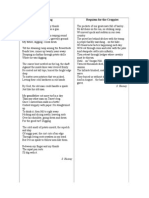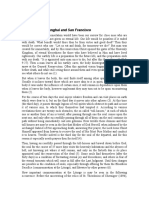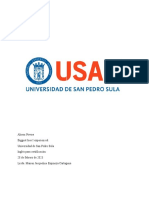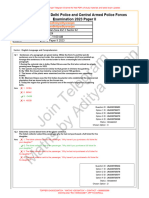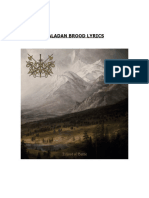0% found this document useful (0 votes)
935 views5 pagesForensics Study Notes
The document discusses several topics in forensic science including forensic odontology, buried remains, taphonomy, Locard's exchange principle, geotaphonomy, rigor mortis, forensic serology, fingerprints, forensic anthropology, toxicology, forensic pathology, blood spatter analysis, firearms analysis, and entomology. It also provides information on visible data, pre-employment drug screening, chronic alcohol abuse, amphetamines, morphine, THC, cyanide, liquids, blow fly larvae, psychometric tests, backdraft, flash point, conduction, explosives, questioned documents examination, and key concepts covered on a midterm exam.
Uploaded by
Arie DesCopyright
© © All Rights Reserved
We take content rights seriously. If you suspect this is your content, claim it here.
Available Formats
Download as DOCX, PDF, TXT or read online on Scribd
0% found this document useful (0 votes)
935 views5 pagesForensics Study Notes
The document discusses several topics in forensic science including forensic odontology, buried remains, taphonomy, Locard's exchange principle, geotaphonomy, rigor mortis, forensic serology, fingerprints, forensic anthropology, toxicology, forensic pathology, blood spatter analysis, firearms analysis, and entomology. It also provides information on visible data, pre-employment drug screening, chronic alcohol abuse, amphetamines, morphine, THC, cyanide, liquids, blow fly larvae, psychometric tests, backdraft, flash point, conduction, explosives, questioned documents examination, and key concepts covered on a midterm exam.
Uploaded by
Arie DesCopyright
© © All Rights Reserved
We take content rights seriously. If you suspect this is your content, claim it here.
Available Formats
Download as DOCX, PDF, TXT or read online on Scribd
/ 5
